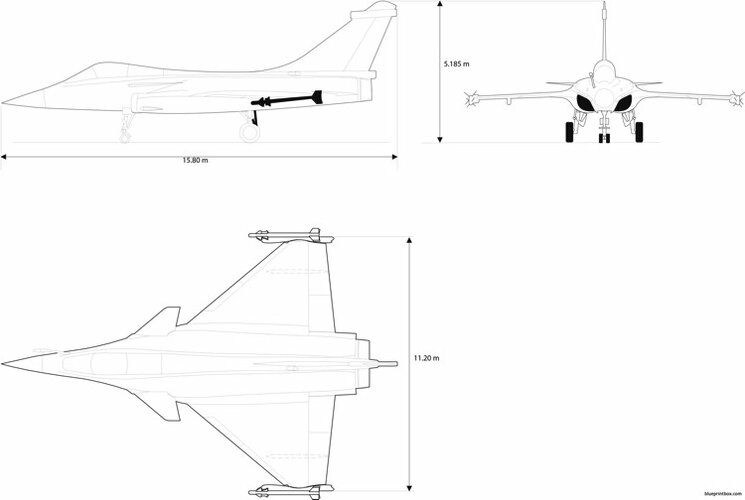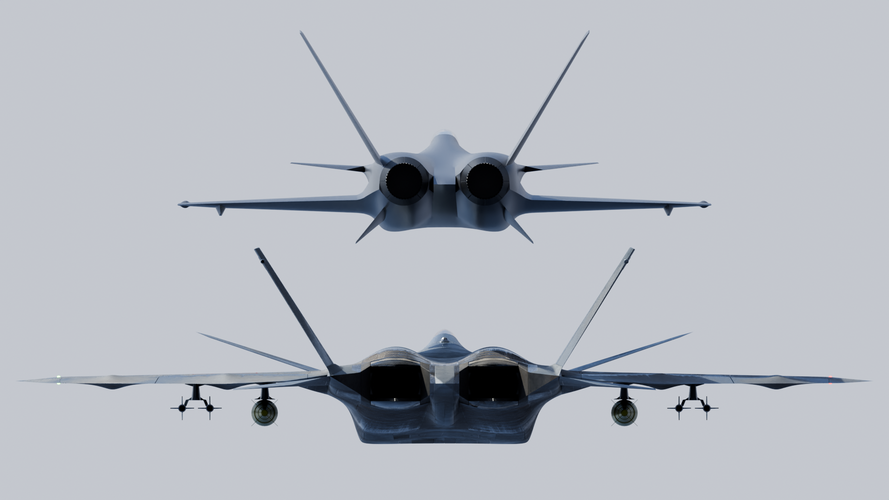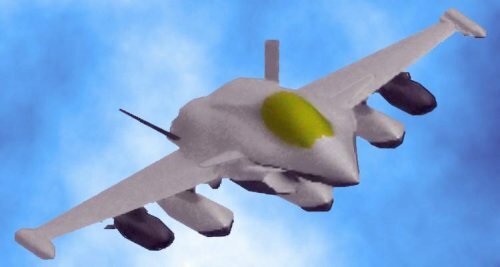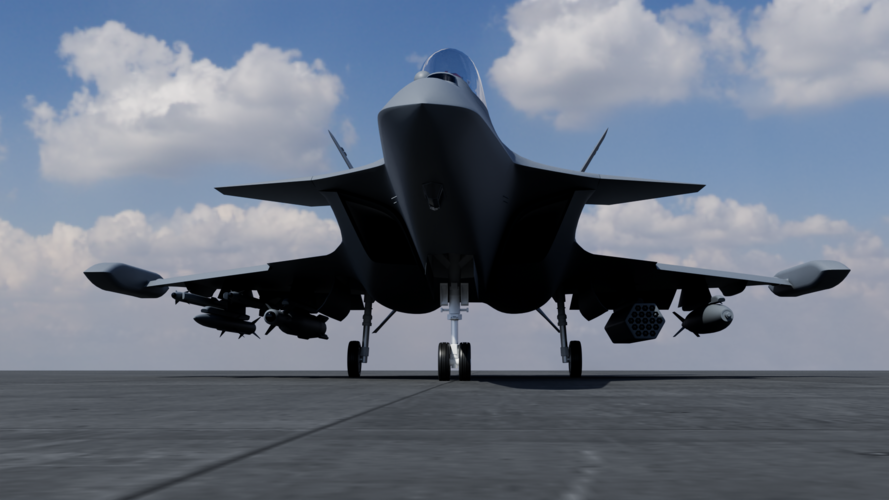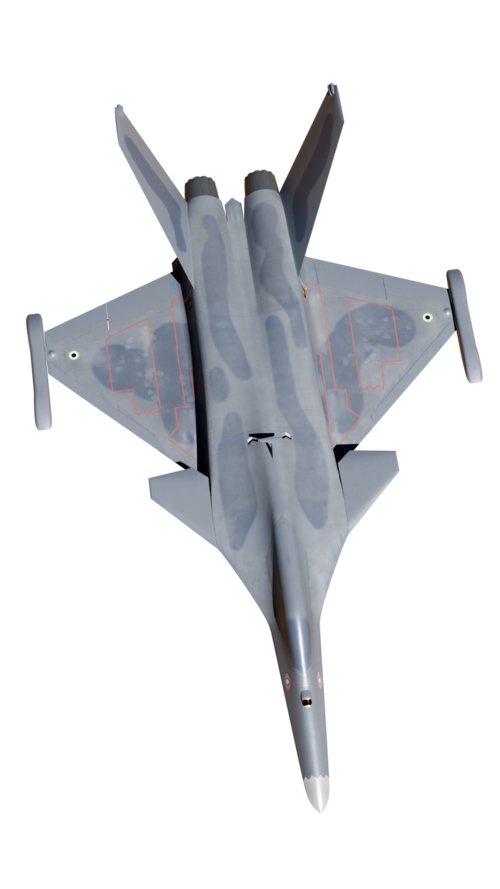Such an approach requires a radical redesign of the entire machine, and this is precisely the aim of the Rafale mid-life update study. The heavily modified aircraft has lost its vertical tailplane and in its place has been given two lateral combined butterfly floating surfaces. Other significant changes have been made to the fuselage around the cockpit, including its overlap and the air inlets to the engine. The exhaust plumes are better cooled for lower infrared reflectivity, and conventional armament, unmodified for low radar reflectivity, is carried in external bomb bays under the wing. A Rafale modified in this way can substantially increase its already decent probability of survival on the battlefield, so let's hope it sees implementation.
Dassault rarely publishes its designs for advanced combat aircraft, so it is difficult to form an idea of its current technological level. Thus, one has to use, shall we say, rather non-standard procedures to obtain information. The first indications of the direction of further development were provided by the book "Dassault - L'Enterprise - 1945-1995 ... 50 ans d'aventure aéronautique", where an illustration of a study of the successor to the Rafale appeared. This rather ugly aircraft had engines, including air inlets and nozzles on the top of the fuselage, shaded by butterfly tail surfaces. Another of the few published studies, for example, was a rather large long-range unmanned reconnaissance aircraft operating at high altitudes.
In the 1990s, the company carried out an extensive series of studies called FACE (Future Avion de Combat Europeén), which were intended to indicate the future prospective direction of the development of European fighter and attack aircraft. One of the resulting products was a small stealth piloted fighter with a cannon wing with a swept trailing edge, an air inlet to the engine under the cockpit and without any tail surfaces. It was to become the successor to the successful Mirage series of aircraft. However, its development would have required a considerable amount of funding, which neither Dassault nor the French state budget was able to provide. FACE studies suggested that a more sensible way forward would be to concentrate on just two main activities, namely the incremental modernisation of the Rafale and the development of a prototype unmanned combat vehicle, the AVE (Aeronef de Validation Experimentale). The unmanned aerial vehicle later became an international project and currently goes by the name of nEUROn."





